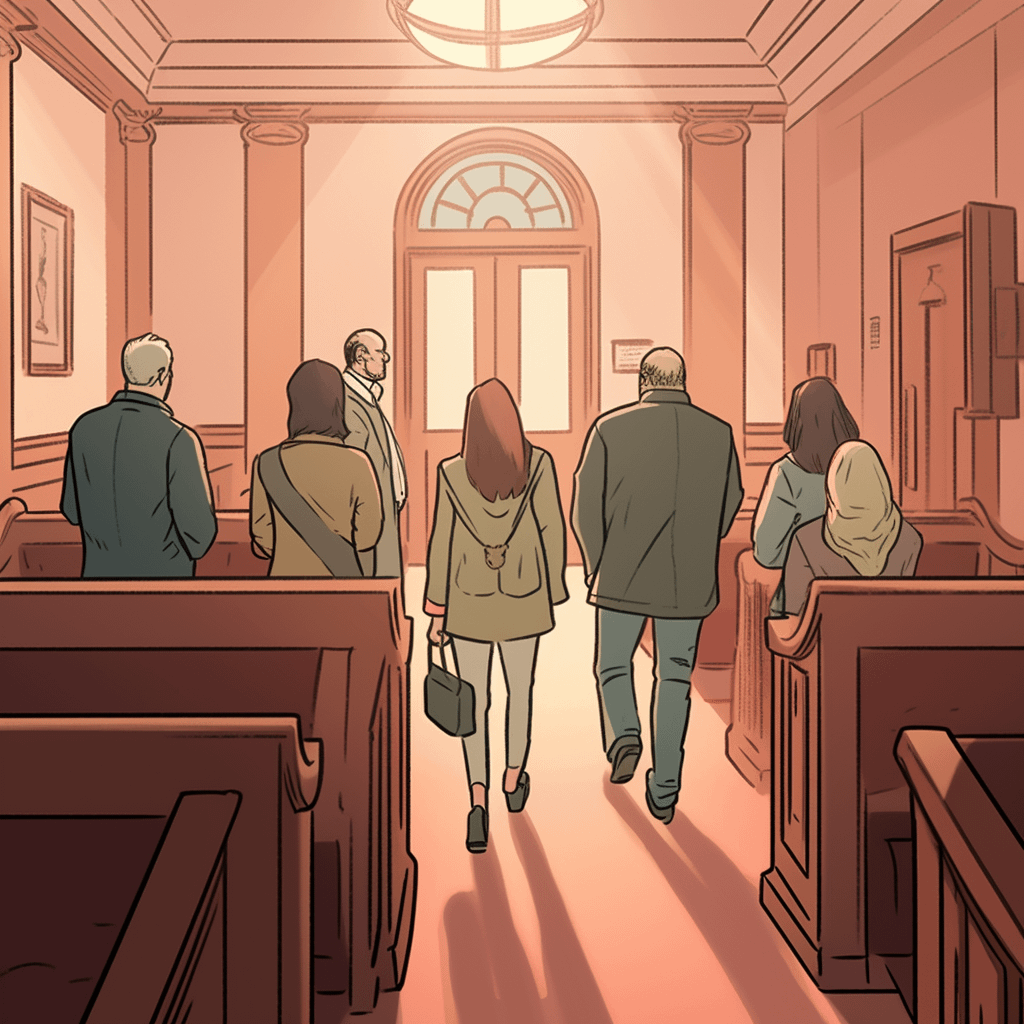“Sorry is all that you can’t say” is the opening line of Tracy Chapman’s 1988 single “Baby Can I Hold You” (off of her 6x Platinum, Grammy-nominated debut album), but it also seems to be a sentiment Chapman is directing towards megastar Nicky Minaj, who allegedly used a significant chunk of Chapman’s song in her own composition “Sorry” which was recorded for but not released on Minaj’s recent album Queen.
This unauthorized use of “Baby Can I Hold You” is now at the heart of Tracy Chapman vs. Onika Tanya Maraj p/k/a Nicki Minaj, a copyright infringement lawsuit filed in a Los Angeles federal court in late October. Although “Sorry” was not released as part of Minaj’s album, it was played on Funkmaster Flex’s popular NYC radio show and subsequently been made available on unauthorized “leak” sites.
Chapman is seeking unspecified monetary damages for copyright infringement of “Baby Can I Hold You” – which Chapman registered for copyright protection in 1983 – and for the court to require Minaj to “take reasonable steps to stop the continued exploitation” of her song.
Chapman Denied Minaj Permission to Use “Baby Can I Hold You”
To be clear, Minaj’s use of Chapman’s song in “Sorry” is essentially undeniable, and in somewhat sharp contrast to other prominent copyright infringement lawsuits regarding popular songs of recent years where the allegations deal with more arguable questions of melody, rhythm, harmonics, and the like.
For example, the British band Spirit sued Led Zeppelin over a handful of notes they argued Jimmy Page lifted from one of their compositions for the opening to Stairway to Heaven. In 2015, a jury awarded the estate of Marvin Gaye $7 million in an infringement case over musical similarities between Robin Thicke’s “Blurred Lines” and Gaye’s song “Got to Give It Up.”
With “Sorry,” however, Minaj is not just using tonal and rhythmic similarities but rather a significant portion of the lyrics and melodies of Chapman’s song (a side-by-side comparison of the lyrics of the song can be found in Chapman’s complaint against Minaj). According to the lawsuit, representatives for Minaj asked Chapman and her representatives on several occasions for permission to use the song, including a tweet from Minaj to Chapman requesting permission, but all requests were denied. Minaj even tweeted out “Sis said no” in updating her followers about the quest for permission.
Although Minaj did not include the song on her album, HOT 97 DJ Funkmaster Flex played “Sorry” on his August 11, 2018 radio show after promoting the fact he would be playing the song through multiple tweets. The song was then replayed on another popular NYC radio show and has since been made available on illegal file-sharing sites.
Is Minaj’s Use of Chapman’s Song “Fair Use”?
Of course, all music is in some sense building on what has come before it, but there is a distinction in US law between “fair use” of other copyrighted work and copyright infringement. For example, simply quoting a lyric from another copyrighted song in your own may be fair use and therefore not infringement, but releasing your own version of another’s protected song without any changes certainly crosses into infringement.
The Supreme Court has defined a test for fair use based on four factors in the federal copyright law:
- the purpose and character of the use, including whether such use is of a commercial nature or is for nonprofit educational purposes;
- the nature of the copyrighted work;
- the amount and substantiality of the portion used in relation to the copyrighted work as a whole; and
- the effect of the use upon the potential market for or value of the copyrighted work.
Minaj may have a difficult time on the third factor relating to the amount and substantiality of the portion used in relation to the copyrighted work as a whole, given that much of Chapman’s song is used in her own.
Should the case proceed without a settlement, Minaj will need to present arguments that her use of the song was such a level of transformation from the original that the other factors would weigh in favor of it being a “fair use” of the song.

Where creative minds come together
Getting Protection and Getting Permission
Chapman’s lawsuit presents several key reminders for musicians and recording artists. First off, it is important to take steps to protect your work. Chapman obtained copyright protection in 1983, a full 35 years before Minaj’s use of the song, and that protection is the basis for what could be a significant financial settlement or legal judgment in Chapman’s favor.
And for artists who seek to use previously copyrighted works as part of their own, it is important to understand your own legal liabilities and responsibilities – e.g. whether you could face an infringement lawsuit and whether or not to obtain permission – before the viability of your own work (not to mention your financial security) is put at risk. If you have questions about your intellectual property, reach out to The Fried Firm!



